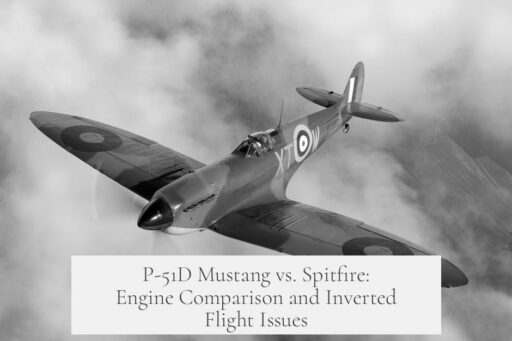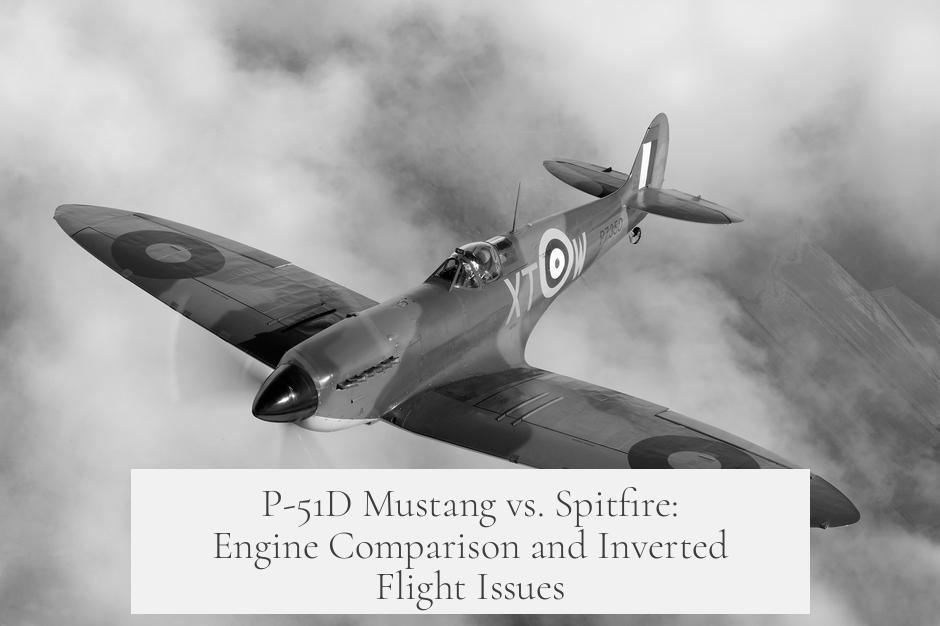The P-51D Mustang, equipped with a Packard-built version of the Merlin engine, did not experience the same inverted flight issues as early Spitfires. This difference stems from variations in engine design and carburetion systems between the aircraft.
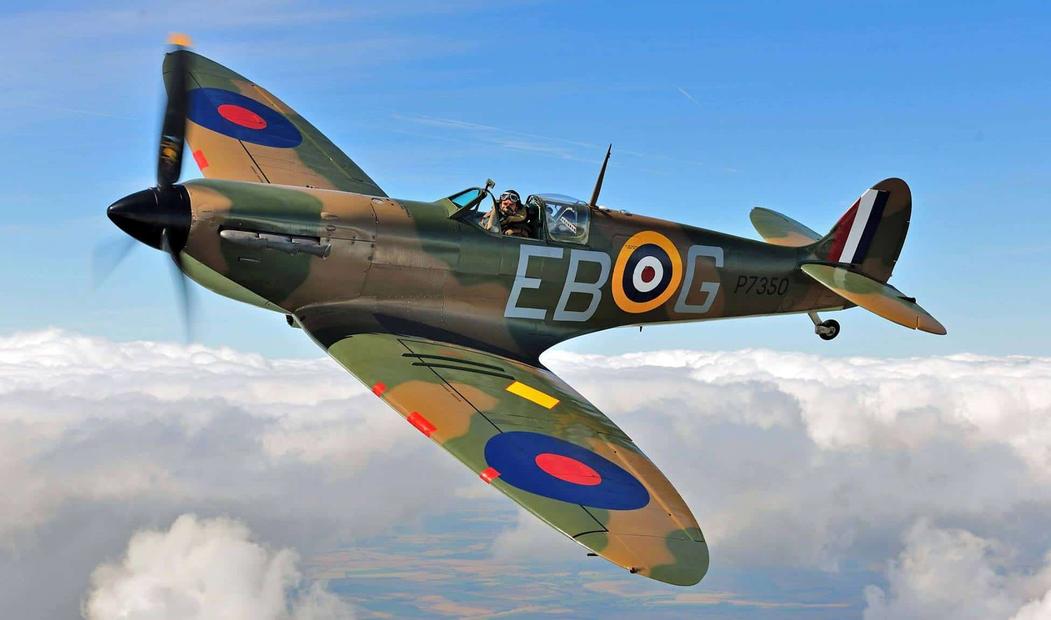
The Merlin engine powering early Spitfires, such as the Mk I, employed float-type carburettors. This design caused fuel starvation during negative-g maneuvers like rapid dives or sustained inverted flight. The float carburettor would fail to deliver fuel adequately under these conditions, causing the engine to cut out temporarily. This problem notably affected the Merlin II engine and was a significant limitation in combat performance for early Spitfire pilots.
To mitigate this, engineers implemented a restrictor device known as “Miss Shilling’s orifice,” which improved fuel management during brief negative g-forces but did not entirely resolve issues in prolonged inverted flight. Subsequent Merlin variants addressed these problems further by relocating fuel outlets and eventually adopting pressure injection carburettors, enhancing fuel delivery across a wider range of flight attitudes.
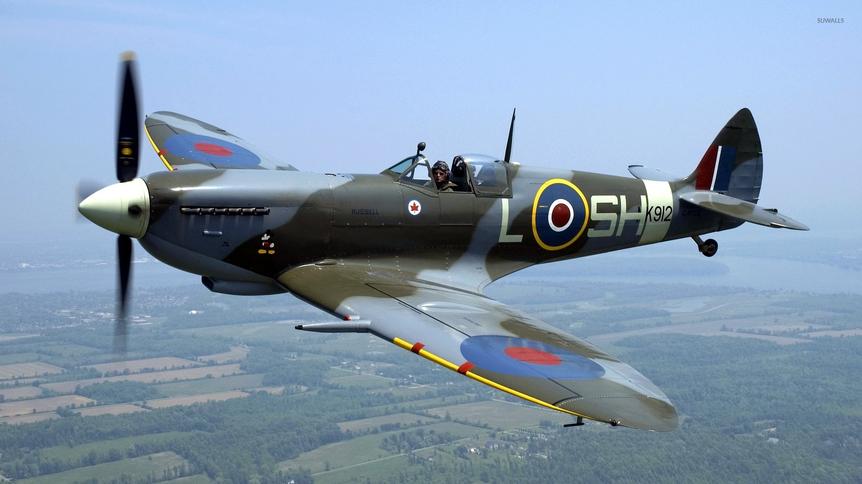
In contrast, the Packard V-1650 series, which powered the P-51B/C and later the P-51D Mustang, was based on the Merlin 60 series engines. These used a Bendix-Stromberg PD-18A1 fuel injection carburettor system. This injection system supplied fuel under pressure, preventing starvation regardless of aircraft attitude. Consequently, the P-51D had no negative-g or inverted flight fuel supply issues.
- Early Merlin-powered Spitfires used float carburettors prone to fuel starvation under negative g.
- “Miss Shilling’s orifice” provided a temporary fix but not for sustained inverted flight.
- Later Merlin variants introduced pressure injection carburettors.
- The P-51D’s Packard V-1650 employed a fuel injection system, eliminating negative-g problems.
- Therefore, the P-51D Mustang could perform negative-g maneuvers and sustained inverted flight without engine cutouts seen in early Spitfires.
Overall, the P-51D Mustang’s engine design improvements meant pilots faced fewer restrictions in complex maneuvers compared to early Spitfire models.
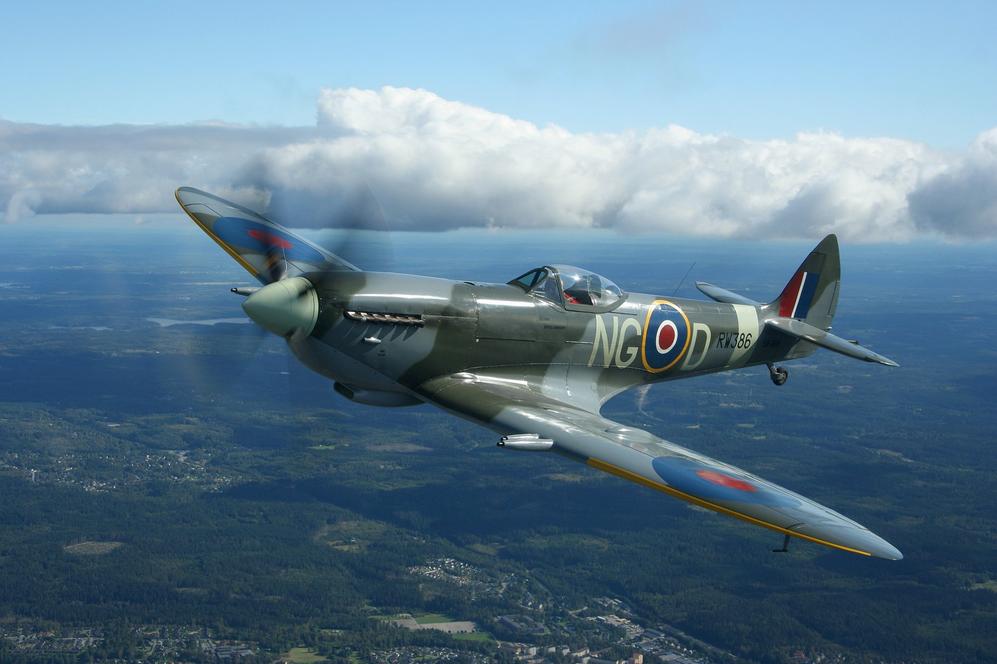
If the P-51D Mustang used the same engine as the Spitfire, did it have same issues in inverted flight as the Spitfire?
Short answer: No, the P-51D Mustang did not suffer the same inverted flight issues as early Spitfires, despite both using “Merlin” engines. In fact, the devil lies in the details of the Merlin engine variants and their carburettor designs, which evolved greatly through World War II. Let’s unpack this fascinating story of engineering evolution and why your beloved Mustang never let you down during those upside-down thrills.
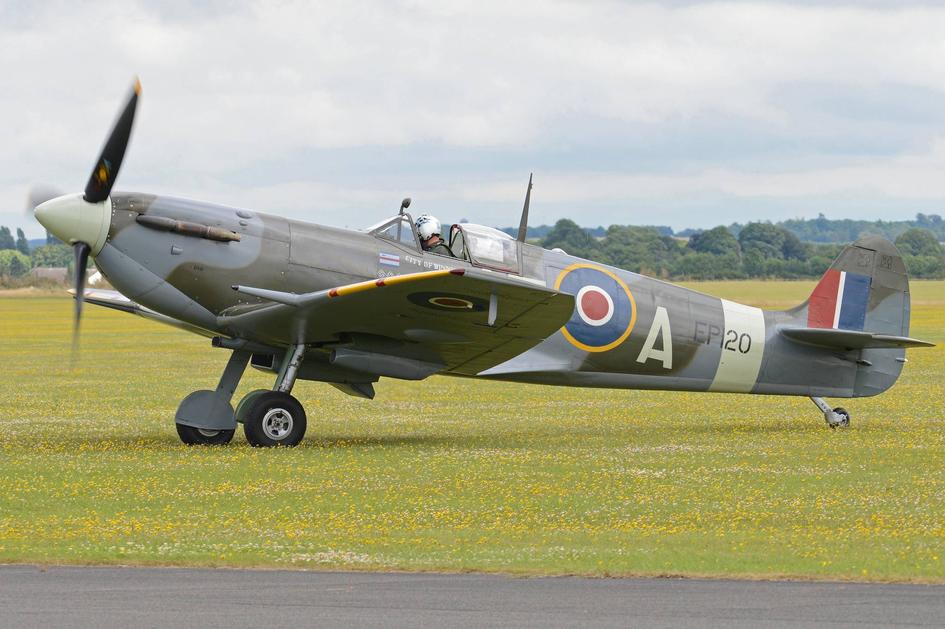
Picture this: The iconic British Spitfire and the famed American P-51D Mustang both roar through the sky, powered by the legendary Rolls-Royce Merlin engine. So naturally, you’d wonder if their performance quirks, especially in inverted flight, matched up. That’s the question we’re tackling today.
The Merlin Engine: More Versions Than You’d Expect
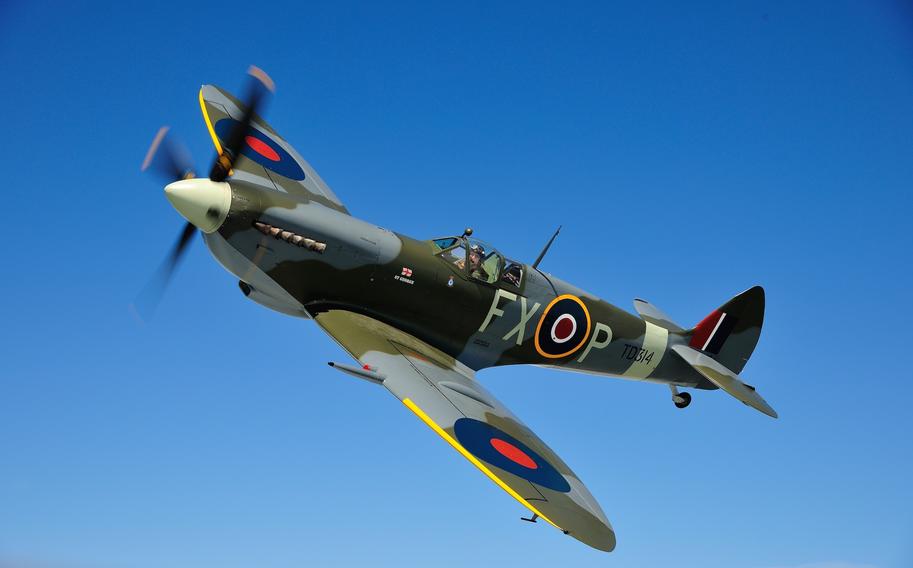
First things first, the “Merlin engine” isn’t just one engine. Rolls-Royce began the Merlin I in 1936. From that modest start, they tinkered relentlessly, churning out over 50 versions by WWII’s end. The Merlin in a Spitfire Mk I, the earliest combat Spitfire, differed significantly from the one in a Mk IX Spitfire. And those engines again were quite different from the versions that powered later Mustangs.
The Packard Motor Car Company in the U.S. licensed the Merlin design and produced their own variant, the V-1650. This Packard Merlin powered the P-51 Mustang from the B model onward, including the stellar P-51D. But the magic is in the upgrades incorporated into these versions.
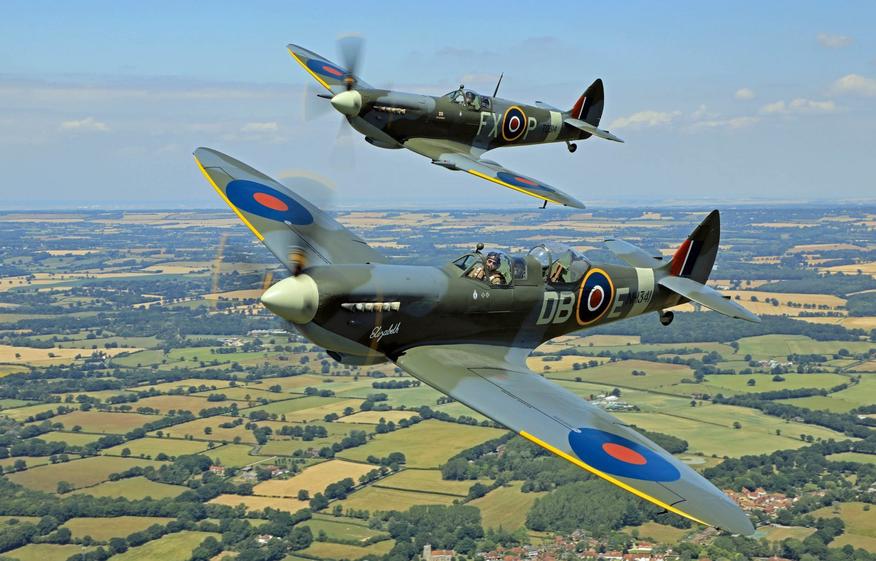
Early Merlin Engines and Their Carburettor Woes
Now, onto the infamous inverted flight issue—specifically related to carburettors. Early Merlin engines, like the Merlin II in the Spitfire Mk I and Hurricane Mk I, used float-type carburettors. These devices controlled fuel flow using a float system, but they had a fatal flaw: during negative g-forces (think rapid “bunting” dives or flying upside down), the floats would starve the engine of fuel. The result? Momentary loss of power, engine cut-outs, and pilot panic.
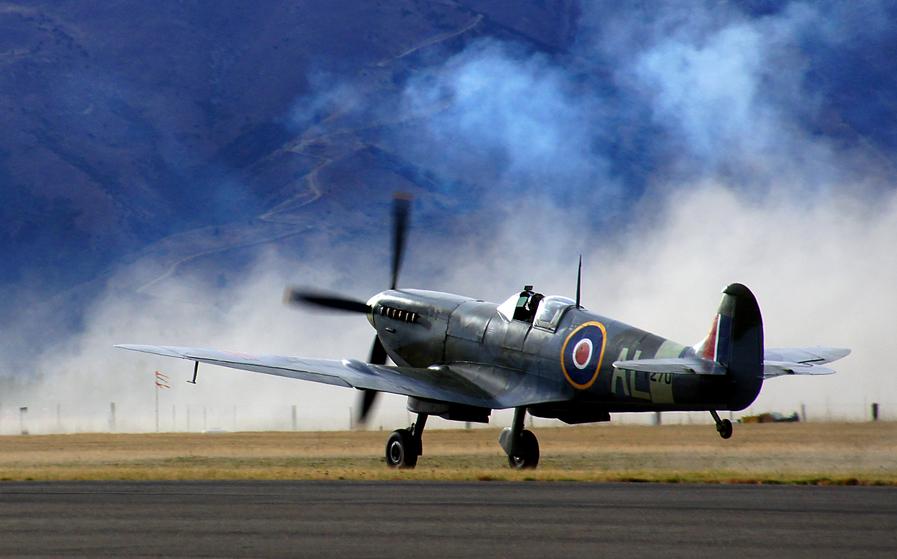
This problem was so notorious that it earned a creative fix named after a woman: Miss Shilling’s orifice. Tilly Shilling, a clever engineer at the Royal Aircraft Establishment, designed a simple restrictor to prevent flooding during brief negative-g maneuvers. It worked for short moments but couldn’t fix sustained negative-g issues like flying inverted for long stretches.
Later Merlin versions relocated carburettor fuel outlets and also transitioned to more advanced carburettor types—like the Bendix-Stromberg injection carburettor. These upgrades effectively tackled the inverted flight problem. The new carburettor design relied on fuel pressure injection rather than float mechanisms, eliminating fuel starvation under negative g.
The P-51D’s Engine: The Merlin, But a Better One
When we look at the P-51D Mustang, we’re dealing with the Packard V-1650-7. This engine is based on the Merlin 60 series, known for its two-stage, two-speed supercharging and more robust design. Importantly, it used a Bendix-Stromberg PD-18A1 carburettor, an injection type rather than the float type plaguing early Spitfires.
This carburettor change is the *game-changer*. It provided a steady fuel flow regardless of aircraft orientation or g-forces. Mustangs could yank, roll, and flip without the engine choking or sputtering—a vital survival and performance edge in dogfights.
Why Does This Matter? The Battle for the Sky
In aerial combat, engine reliability during complex maneuvers isn’t just desirable—it’s life-saving. Early Spitfires pilots had to manage negative-g maneuvers carefully. Some even learned to push into a half-roll before diving to reset fuel flow when the engine cut out. Not exactly ideal in a knife fight.
The P-51D Mustang pilots enjoyed free rein. No more worrying that a fast turn or inverted pass would kill their engine. This reliability contributed to the Mustang’s reputation as one of the best fighters of WWII.
So, can we sum it up?
- The Merlin engine evolved a lot during the war, with many variants.
- Early Spitfires had the float carburettor problem causing engine cut-outs under negative g’s.
- Miss Shilling’s orifice was a clever patch, but not a lasting fix.
- Later Merlins, like the Packard V-1650-7 in the P-51D, used fuel injection carburettors eliminating the negative g issue.
- P-51D Mustangs, therefore, did *not* share the inverted flight flight problems of early Spitfires despite using “the same” engine family name.
Lessons from History and Engineering
The story of the Merlin engine teaches us how continuous innovation solves practical problems. Relying on old tech in new high-performance roles can bite back. Engineers adapted the carburettor technology to meet pilots’ real-life demands in savage combat scenarios.
“Innovation isn’t just about making something new; it’s about solving the problems that stop your old tech from meeting new challenges.”
So next time you see photos or footage of Mustangs roaring inverted, remember it’s not just pilot skill—it’s solid engineering choices that keep those engines singing flawlessly upside down.
Bonus: What If Early Spitfires Had Mustangs’ Carburettors?
Imagine that spitfire-engineers had access to the injection carburettor from day one. The Spitfire’s agility combined with fuel reliability would have been even more formidable. Pilots wouldn’t have had to endure awkward flying maneuvers just to keep the throttle open. Dogfights might have been a little less heart-stopping!
In aviation history, these small yet crucial tech tweaks made a world of difference.
Final Takeaway
Despite sharing a Merlin engine heritage, the P-51D Mustang did not inherit the Spitfire’s early inverted-flight fuel starvation problem. Thanks to carburettor evolution—from float to pressure injection—the Mustang’s Merlin was a robust, g-force-proof powerhouse.
So no, P-51D pilots didn’t sweat inverted flight engine cutouts while their Spitfire counterparts nervously waited for the engine to cough back to life. This distinction highlights how nuanced variations in “the same” engine can lead to vastly different flight experiences—and possibly, survival outcomes.
Feeling the aerial adrenaline yet? Next time you fire up a flight sim or watch classic warbird footage, you’ll appreciate the subtle brilliance behind the roar. That’s history and engineering combined to keep pilots safe and victorious.
